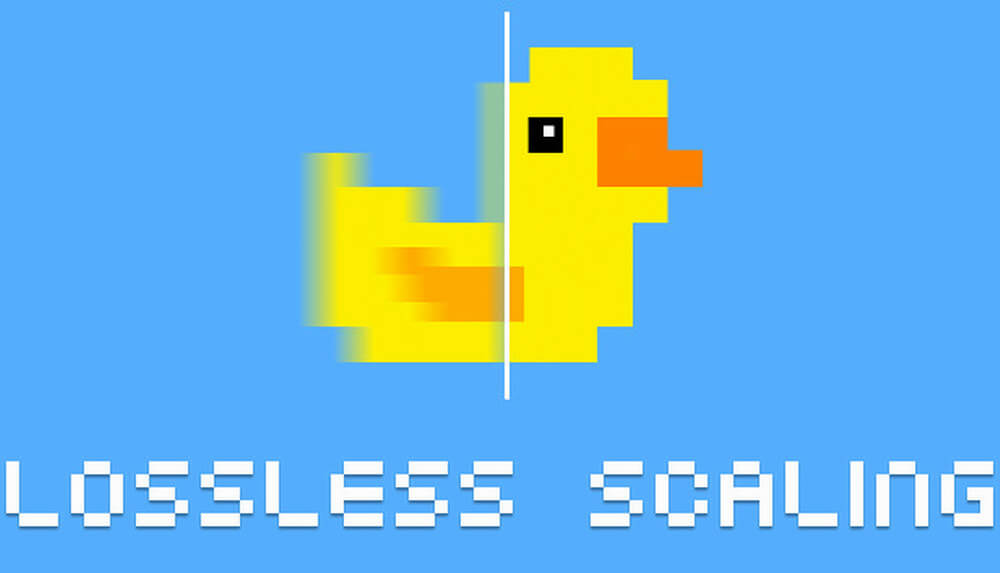I tested the game. I was specifically looking for that camera microstutter during slow camera pans. I saw it, but it was extremely small. DLSS FG however wasnt to blame, because I also saw it without FG.
In Black Myth Wukong I see absolutely no difference in smoothness between the real 100fps and the DLSS generated 100fps. I also havent noticed artefacts during actual gameplay (text scrolling in the menu was the only FG artefact I found).
I also tried LSFG3 x2 in this game and there was absolutely no perceptable difference in smoothness compared to native framerate, or DLSS FG, but the input lag was terrible. I stopped pressing the analogue stick on the gamepad and the monkey was still turning


.
To sum it up, I see no reason to play this game without DLSS FG and I saw no difference between native 100fps frame delivery, or DLSS FG 100fps frame delivery.
Did you undervolt your RTX4060ti or use the power monitoring feature in the MSI Afterburner OSD? Sometimes these settings can cause microstuttering.
BTW. I forgot to mention, but I have updated DLSS and Frame Generation in this game to the latest version. I also turned of motion blur, because this settings created artefacts around the character hair during movement (regardless of the AA / FG settings).






